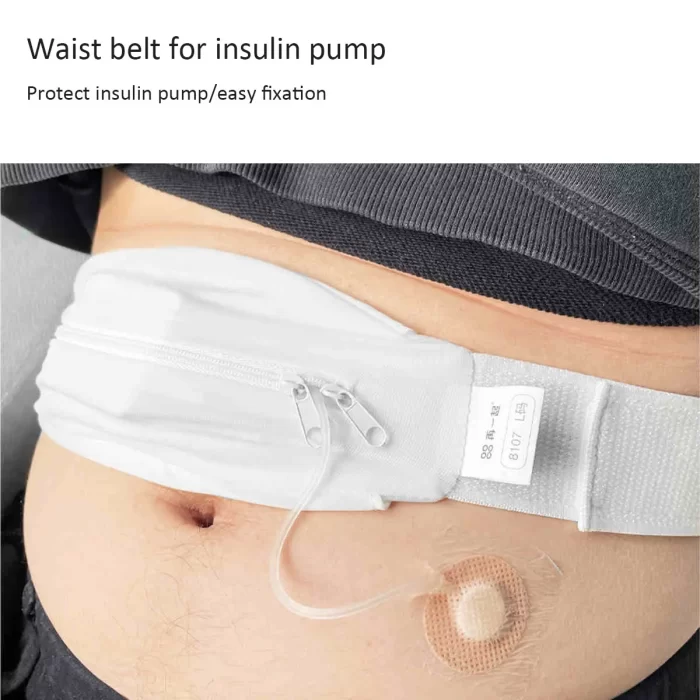Induced Labour Gestational Diabetes: What You Need to Know
Induced labour gestational diabetes is a critical topic for expectant mothers and healthcare providers alike. Understanding the implications of gestational diabetes and the potential need for induced labour can help ensure a healthier pregnancy and delivery. In this article, we will explore the definition, significance, and practical steps related to this condition.
Table of Contents
What is Induced Labour Gestational Diabetes?
Induced labour gestational diabetes refers to the process of initiating labour in pregnant women diagnosed with gestational diabetes. This condition occurs when a woman develops high blood sugar levels during pregnancy, which can pose risks to both the mother and the baby. Inducing labour may be necessary to prevent complications associated with prolonged pregnancy and uncontrolled blood sugar levels.
- Gestational diabetes management
- Induction of labour
- Pregnancy complications
- Blood sugar control
For more detailed information on this topic, you can visit this resource.
Why is Induced Labour Gestational Diabetes Important in 2025?
As we move into 2025, the importance of understanding induced labour gestational diabetes continues to grow. With rising rates of gestational diabetes linked to lifestyle factors and obesity, healthcare providers must be equipped to manage these cases effectively. Early intervention through induced labour can help mitigate risks such as macrosomia (large baby), preeclampsia, and neonatal hypoglycemia.
Moreover, the increasing prevalence of gestational diabetes necessitates enhanced awareness and education for expectant mothers. This ensures they are informed about their condition and the potential need for induced labour, promoting better health outcomes for both mother and child.
Step-by-step Guide to Induced Labour Gestational Diabetes
Step 1: Diagnosis and Monitoring
The first step in managing induced labour gestational diabetes is accurate diagnosis. Pregnant women should undergo screening tests, typically between 24 and 28 weeks of gestation. Regular monitoring of blood sugar levels is essential to assess the need for intervention.
Step 2: Consultation with Healthcare Providers
Once diagnosed, it is crucial to consult with healthcare providers. They will evaluate the severity of the condition and discuss the potential need for induced labour. This collaborative approach ensures that the best decisions are made for the health of both mother and baby.
Step 3: Planning for Induction
If induced labour is deemed necessary, a detailed plan will be established. This may include scheduling the induction date, discussing pain management options, and preparing for potential complications. Clear communication between the mother and healthcare team is vital during this stage.
Common Mistakes to Avoid
When dealing with induced labour gestational diabetes, several common mistakes can occur:
- Ignoring symptoms: Early signs of gestational diabetes should not be overlooked.
- Inconsistent monitoring: Regular blood sugar checks are essential for effective management.
- Neglecting diet: A balanced diet plays a crucial role in controlling blood sugar levels.
Avoiding these pitfalls can significantly improve outcomes for both mother and baby.
Real-world Examples
Many women have successfully navigated induced labour gestational diabetes. For instance, a mother diagnosed at 28 weeks managed her blood sugar through diet and regular monitoring. When her levels remained high, her healthcare team decided to induce labour at 39 weeks. The result was a healthy delivery with minimal complications.
Another example includes a woman who initially struggled with her diagnosis. After consulting with her healthcare provider and following a structured plan, she was able to manage her condition effectively, leading to a safe induction and delivery.
FAQ
What are the risks of gestational diabetes?
Gestational diabetes can lead to complications such as high birth weight, preeclampsia, and increased risk of type 2 diabetes later in life.
How is gestational diabetes treated?
Treatment typically involves dietary changes, regular blood sugar monitoring, and sometimes insulin therapy.
When is induced labour necessary?
Induced labour may be necessary if blood sugar levels are not well-controlled or if there are concerns about the health of the mother or baby.
Key Takeaways & Conclusion
Understanding induced labour gestational diabetes is essential for expectant mothers and healthcare providers. By recognizing the importance of early diagnosis, effective management, and the potential need for induced labour, better outcomes can be achieved. If you or someone you know is facing this condition, it is crucial to seek professional guidance and support.
For those looking for essential tools to manage diabetes, consider exploring our range of diabetes accessories to help you navigate your health journey effectively.
Discover our premium accessories for diabetics —
Visit the shop

 Waterproof Insulin Cooler Bag – Travel Case with Gel Packs
Waterproof Insulin Cooler Bag – Travel Case with Gel Packs  LifeBetic™ Invisible Insulin Pump Waist Belt – Lightweight, Breathable Support for All Pump Models
LifeBetic™ Invisible Insulin Pump Waist Belt – Lightweight, Breathable Support for All Pump Models  LifeBetic™ XL Weekly Pill Organizer – AM/PM Moisture-Proof Medicine Box
LifeBetic™ XL Weekly Pill Organizer – AM/PM Moisture-Proof Medicine Box  LifeBetic™ Insulin Pump Belt Bag
LifeBetic™ Insulin Pump Belt Bag  Smart Insulin Cooler Travel Case
Smart Insulin Cooler Travel Case